When I first arrived at 7pm everyone there was quiet, sitting on the floor or on a pillow, meditating. Around 7:30, Jean began describing how an altar was prepared and as she talked, her companion, Roy, set about arranging the altar. There was a large buffalo skin already on the floor with, what appeared to be a steer skull on it. He added a big fan-like feather instrument, gri gri (amulet) packets, sweet grass, tobacco (made from tree bark), and sage. Then he placed some long poles with feathers on them, two long ceremonial pipes, and a few other ceremonial objects. The room which has top to floor large windows on two sides facing out onto greenery was totally filled with a potpourri of participants, many native Spanish speakers, and a few more women then men. The large windows slid sideways to open, so when it rained hard the sound of the rain came into the room as a soothing backdrop. As Jean spoke at length about the washing, cleansing, renewing, and the refurbishing of Mother Earth; it certainly felt like that was happening. During the evening Jean and Roy, accompanied by his drum, sung many soulful Indian songs. One song called down the spirits while the final song thanked and released them.
The ceremony had four parts in which everyone participated. First, a woman walked around and gave each of us a rub of a wonderful scented ointment on the inside of each of our wrists. We then brought the sent to our noses and inhaled the beautiful aroma. Next, there was a pitcher of water infused with fresh sage leaves from which each person drank a sip for their own personal medicinal reasons. Thirdly, sweetgrass was burned and Roy came around to each one of us to let us pass the smoke over our heads and around us.
Later in the evening the significance of the pipes was discussed and everyone, one by one, came before the altar putting one foot on the buffalo skin to take a deep inhalation of the tobacco, not to take it into their lungs, but just to swirl it around in the mouth. Prayers were formulated individually and then the smoke was exhaled. The songs, enhanced with the drumming, really reached into your whole being. Some of the time the lights were out, especially during the singing, so a spiritual feeling permeated the room.
Lastly the healers came around to shake hands with the participants, one by one, and after you had your hand shake you joined the line and shook everyone else's hand too. It was very nice and something I have never done - so each participant greeted every other one.
by Mimi Wolford, [email protected]
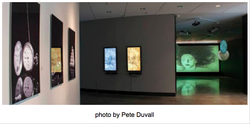
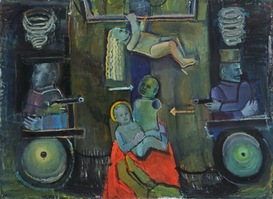
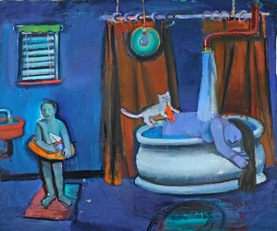
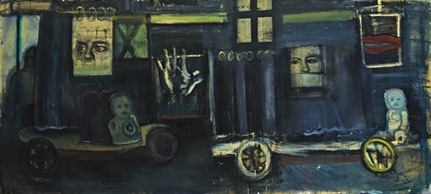
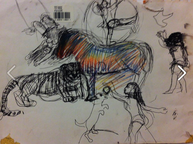

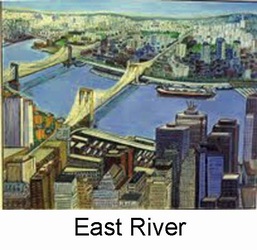
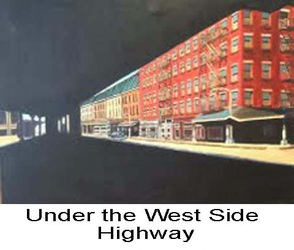


 RSS Feed
RSS Feed